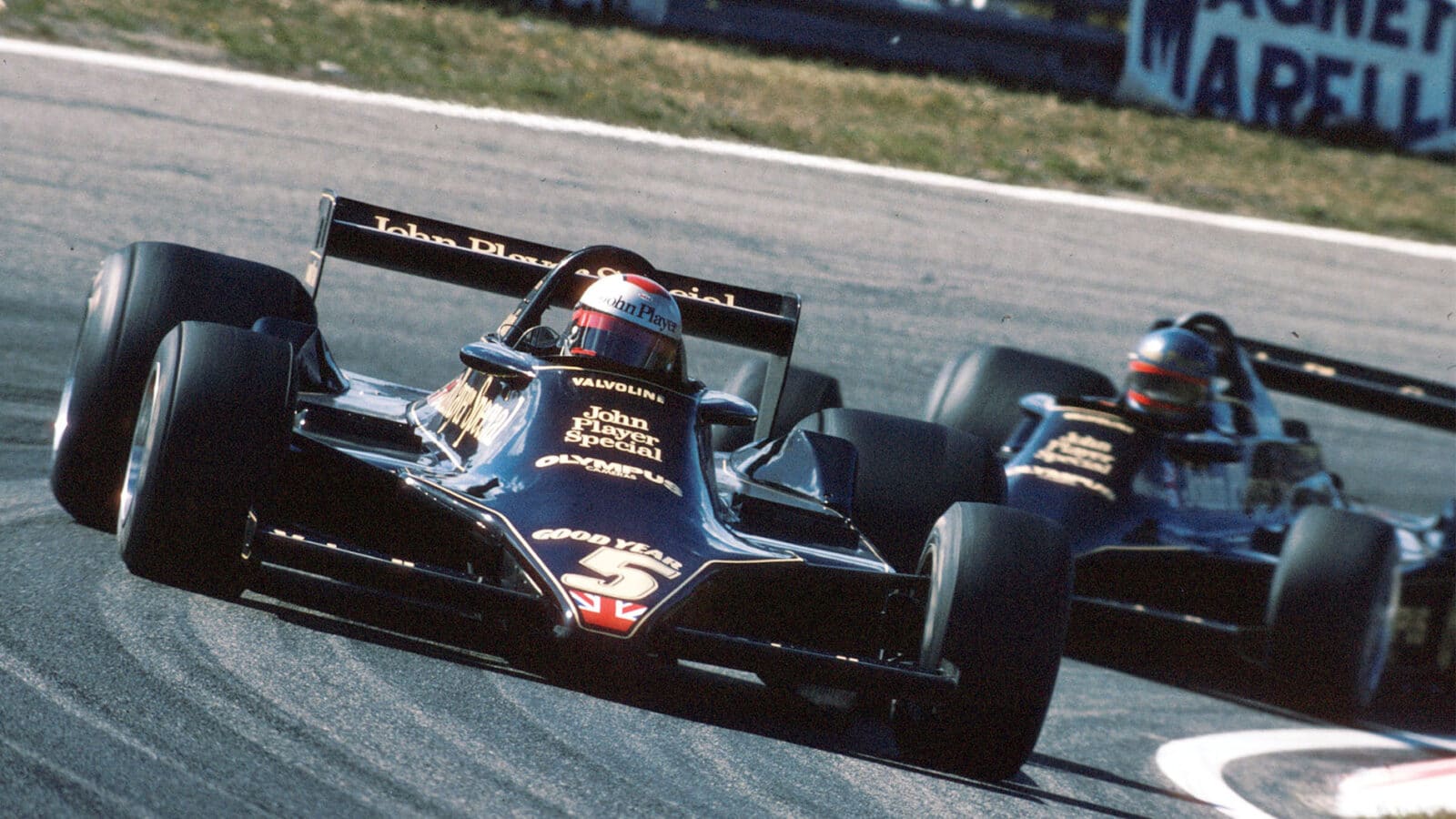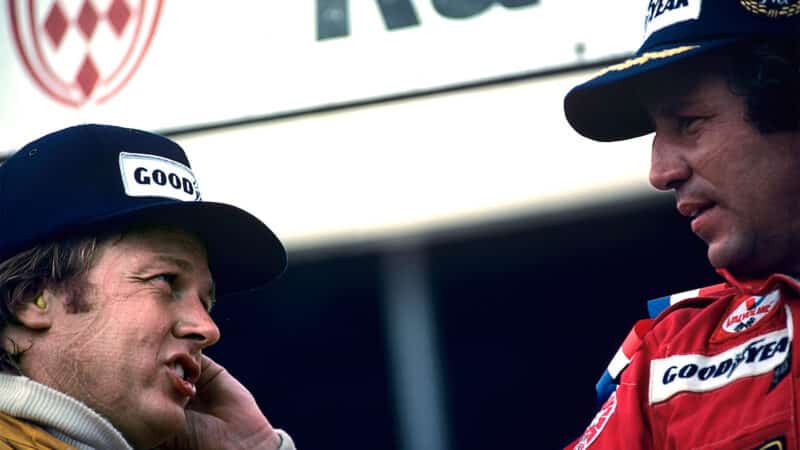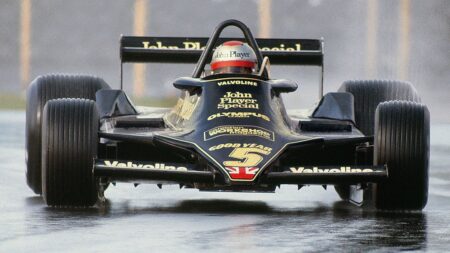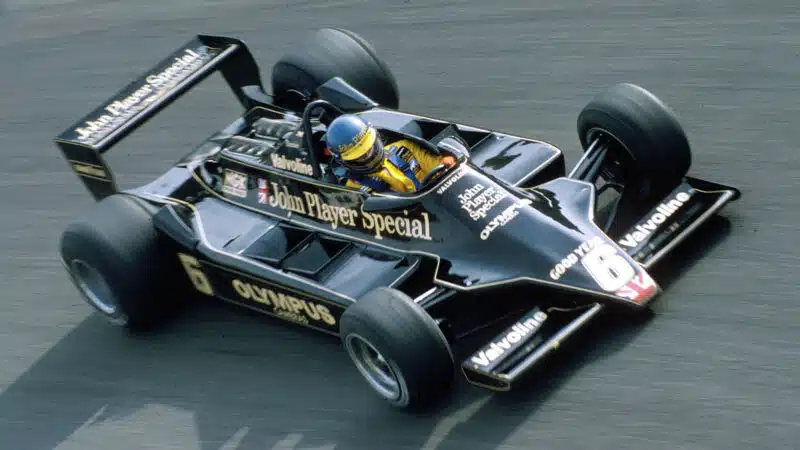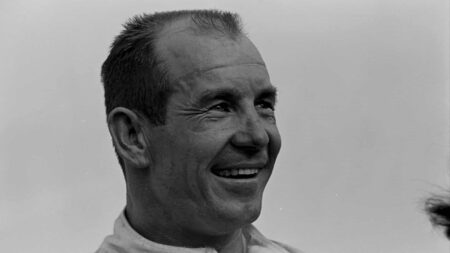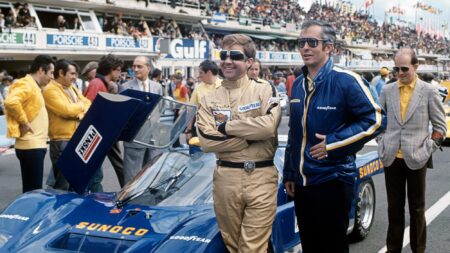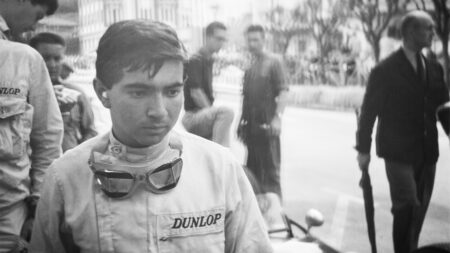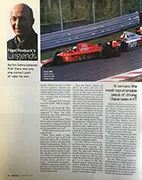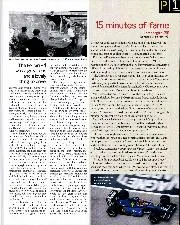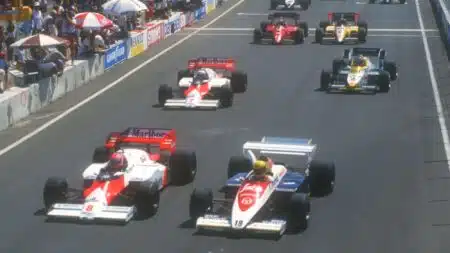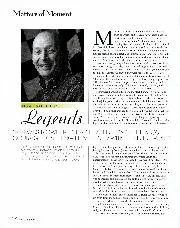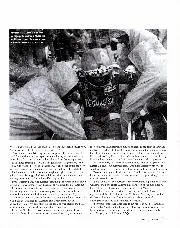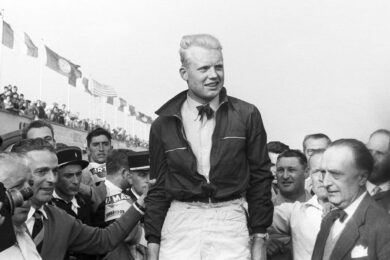“Ronnie signed as number two, and I think in a way it didn’t bother him too much. I guess we were looking for different things from the 1978 season. I’d come close in 77, won more races than anyone else, but Ronnie had just been through two or three bad years, and a lot of people thought he was through as one of the leading lights. He really wanted to prove he still had it. There never was any doubt about that, of course.”
Everyone gasped at the elegant beauty of the Lotus 79 when Andretti began testing it at Paul Ricard late in 1977, but it was not to make its grand prix debut until the sixth round of the ’78 World Championship, at Zolder. “Just build me a 78 that’s quick in a straight line,” was how Mario had put it to Chapman, but initially the 79 was unable even to match its predecessor.
“It wasn’t,” Andretti said, “that it didn’t have any downforce as much as the downforce not being in the right place. The car needed a redesign, and until that happened we had to run too much rear wing hence it was slow in the straightaways.”
There was another problem with the early 79, too. Chapman, ever seeking lightness, was keen to have a new gearbox in the 79. Designed in-house, and built by Getrag in Germany, it was indeed smaller and lighter than the customary Hewland, and also permitted faster changes until it began to stiffen up, which it always did.

Peterson came second in a Lotus 1-2 at the 1978 French GP
Getty Images / Paul-Henri Cahier
“I actually raced the car for the first time in the International Trophy at Silverstone,” Mario recalled. “By now the redesign work had been done, and the grip was unbelievable. That was when I fell in love with the 79. ‘Colin,’ I says, this car is something else again but we can’t compromise it with that gearbox: we have to use a Hewland.’”
Reluctantly Chapman acquiesced, and by the time of the Belgian Grand Prix the car, in more or less definitive form, was ready to race. Andretti put it on pole position, by almost a second, and led all the way, with Peterson following him home in the old 78.
A fortnight later, at Jarama, it was the same story, save that now Ronnie, too, was in a 79. The two black cars made up the front row, and finished 1-2 Andretti ahead by 20 seconds. At Anderstorp Mario retired, but at Paul Ricard normality returned: Andretti first, Peterson second. In their wake the rest looked rather breathless.
The Lotus 79 was one of Cohn Chapman’s quantum leaps; as the 78 had been the first ‘wing’ car, so it was the 79 which introduced ‘ground effect’ to grands prix. “The Cosworth never had the horsepower Ferrari did,” Mario said, “but it didn’t matter. We were pretty good on top speed, and whenever the road turned, Ronnie and I were just off our own…”
